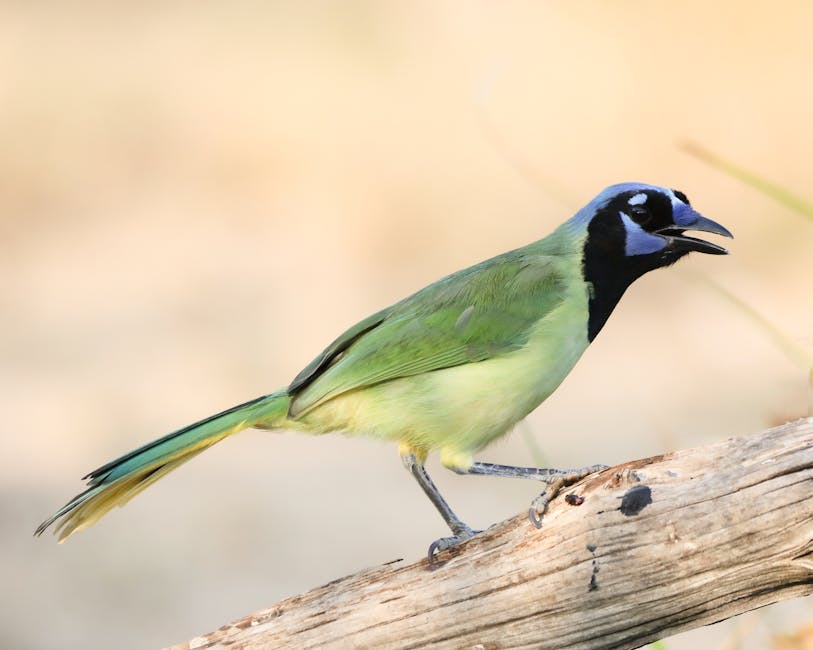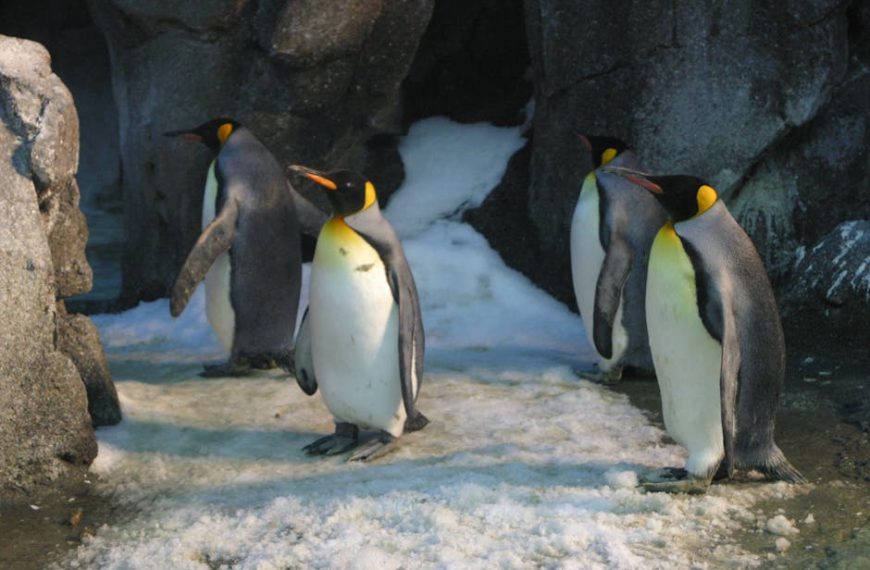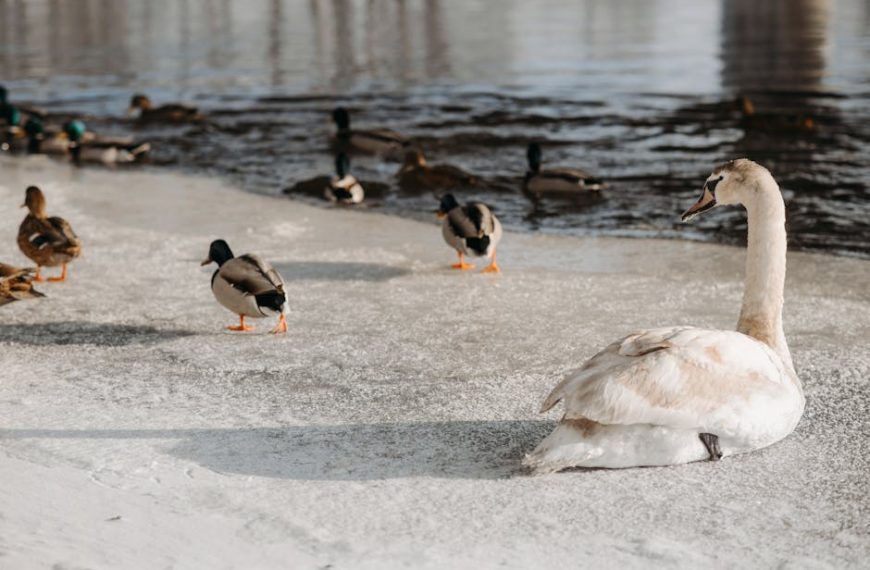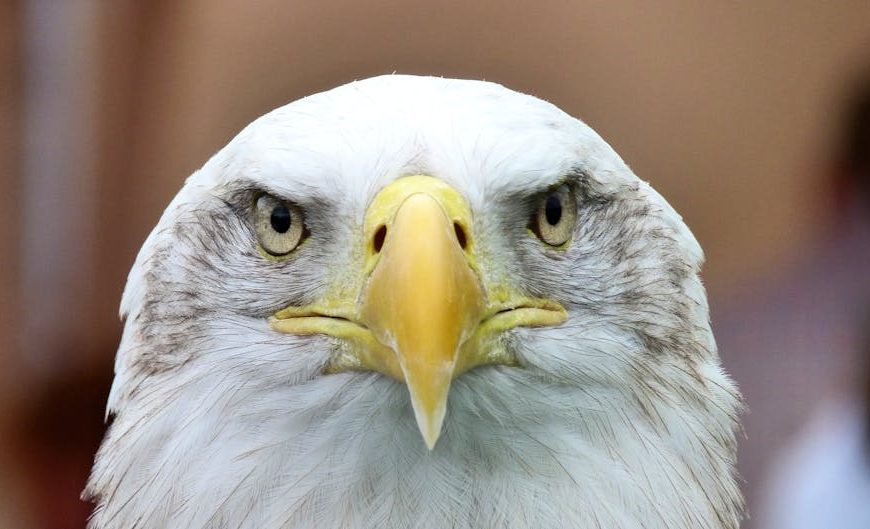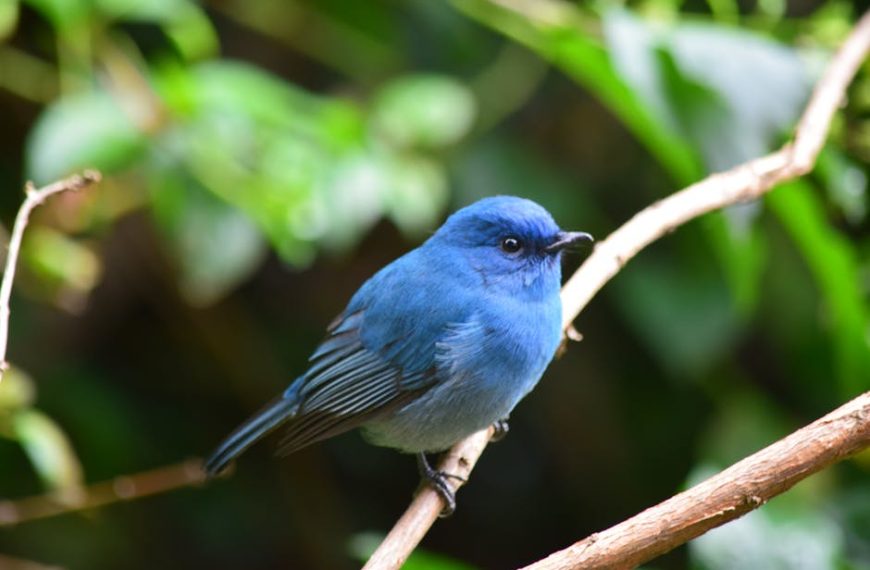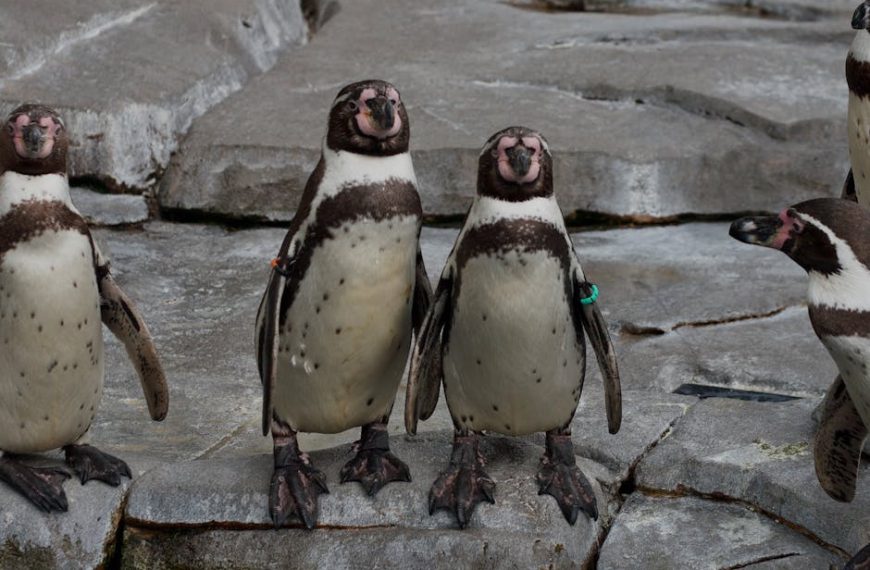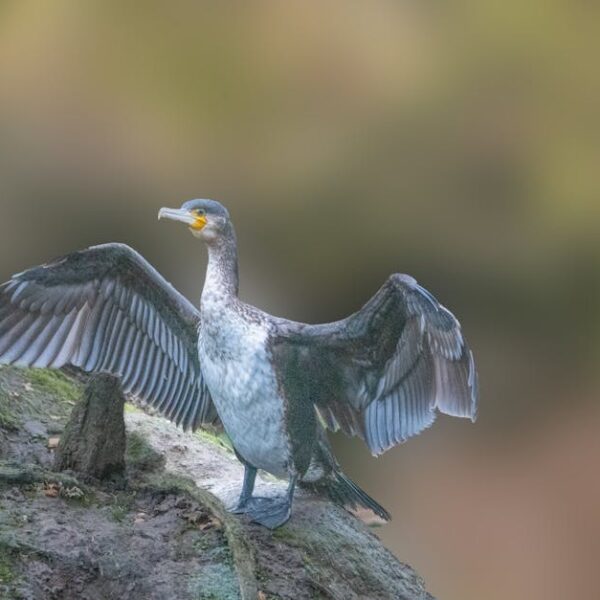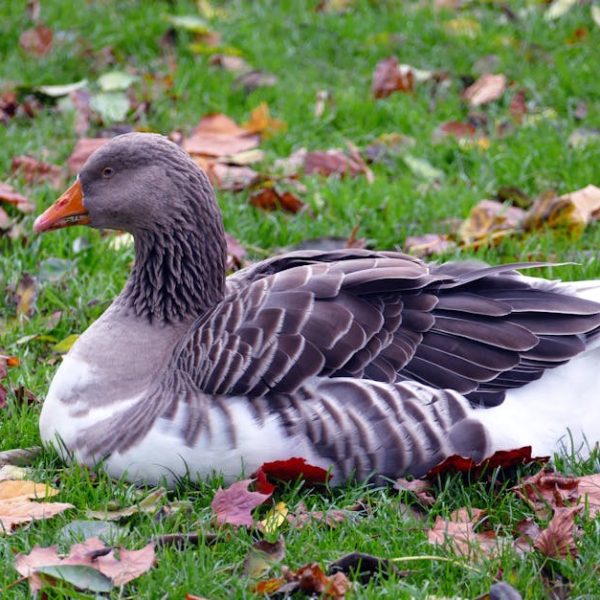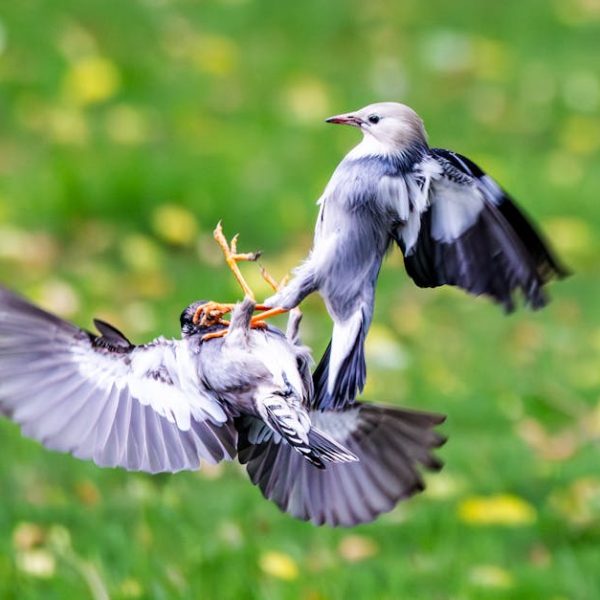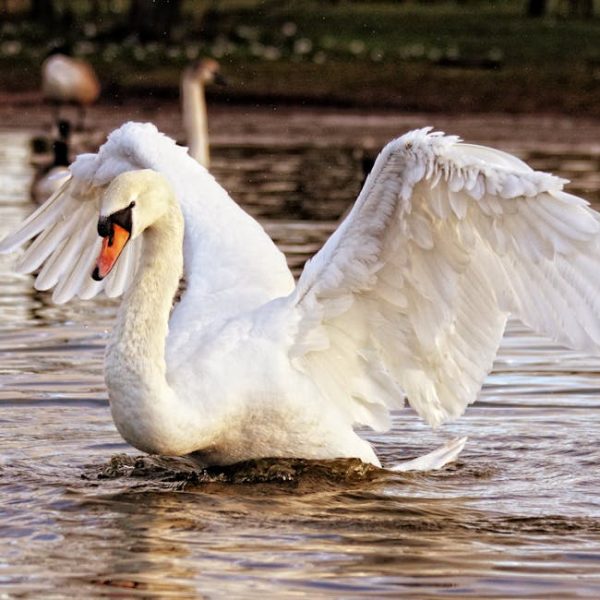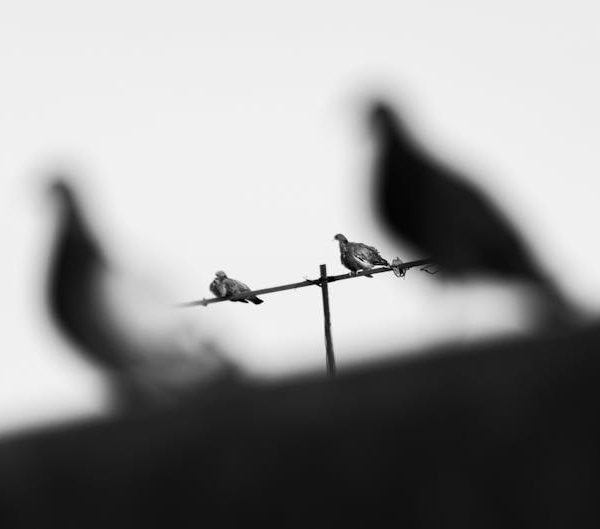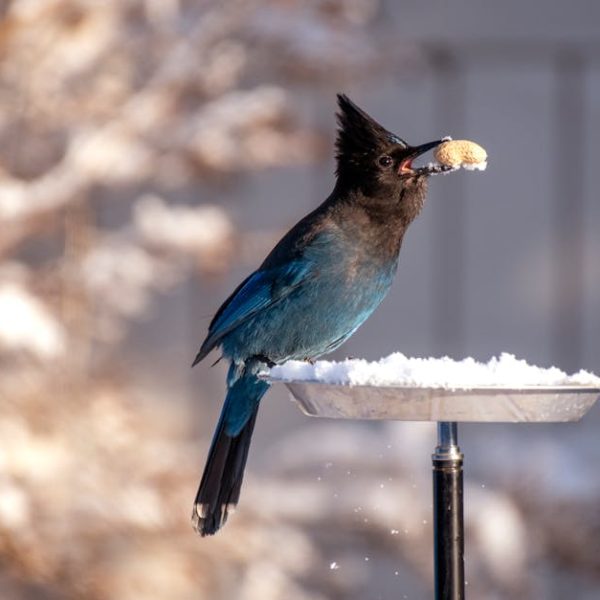From the colorful dance of the Peacock to the remarkable aerobatics of the Peregrine Falcon, birds have enthralled humanity throughout history with their intriguing behaviors and remarkable adaptations. Yet, as we sit on our porches, captivated by their melodious songs or lofty flights, there is much to explore and learn about these feathered creatures. Birds exhibit a broad behavioral spectrum, intricately-crafted adaptations, deep-seated communication techniques, and complex reproduction and life cycles. Their survival strategies are a testament to the resiliency and inventiveness of Mother Nature.
Understanding Bird Behavior
Bird behavior has an astonishing variety, influenced by factors like environment, food availability, and the bird’s own species-specific traits. A house sparrow pecking at breadcrumbs on a city sidewalk shows entirely different feeding habits compared to a peregrine falcon diving at over 200 mph to catch its prey mid-air. Nesting can be as simple as a shallow scrape on the ground by a plover, to the elaborate weavings of an oriole.
However, deeper into the realm of bird behavior are extreme examples, like the Arctic Tern’s migration journey of about 25,000 miles annually, or the striking mating displays of birds-of-paradise. These behaviors, unique amongst different species, are the result of countless generations evolving to their specific environments.
The Science Behind Bird Adaptations
Have you ever noticed how different birds have varying beak shapes? Or how some birds float effortlessly in the air, while others flap their wings intensely? These are examples of their distinctive physical adaptations. The hummingbird’s long, narrow beak and rapid wingbeats are perfect for sipping nectar from flowers, whereas an albatross’ large wingspan and streamlined beak are crafted for hours of foraging over vast ocean waters.
But how do these diversity arise? Science explains that birds evolve these adaptations over countless generations, the gradual tweaks and changes selected by nature due to their usefulness.
Communication in the Avian World
Bird communication methods are complex, widely ranging, and often combined, from distinctive songs, calls, right down to their vibrant plumage. A red cardinal’s song on a spring morning is not just music to our ears, but importantly, a claim on his territory and a serenade for a potential mate.
Avian Reproduction and Life Cycle
The bird’s approach to reproduction is fascinating—full of rich subtleties and charming intricacies. The courtship display of the peacock, for instance, is breathtaking, with the magnificent fan of iridescent feathers employed to lure potential mates. Once a mate is selected, the process moves to egg-laying, often in a carefully constructed nest that provides an initial home for the offspring.
The life cycle of a bird might seem straightforward – egg, chick, then adult, but it’s a colorful journey filled with learning, growth, and survival tactics.
Survival Strategies of Birds: Adaptation and Evolution
Just as mind-blowing as the aerobatics of a hunting falcon, are the subtle survival strategies employed by birds on a daily basis. These range from physical adaptations such as sharp beaks and excellent vision, to behavioral adaptations like using tools and having organized social structures.
The habitats birds reside in typically determine their survival strategies. For instance, an owl’s acute senses are tailored for the demands of nocturnal hunting, while a flamingo’s ability to filter-feed helps it thrive in water-based habitats. These become integral components of their survival and largely influence how they continue to evolve.
The Ongoing Evolution of Birds
While birds may seem perfectly suited to their environment and lifestyle now, their adaptations are not a one-size-fits-all. Birds continue to evolve, adapting to their shifting environments brought by changes in climate, human influence, or other ecological factors. As we step towards nurturing a deeper affinity with our feathered friends, let’s keep in mind that their survival is mutually beneficial for the biodiversity of our planet. Observing, appreciating, and protecting these fascinating creatures is indeed a gratifying journey for every nature enthusiast.
Key Takeaway:
- Birds exhibit a wide variety of behaviors, with each one indicating its unique adaptations.
- Bird communication techniques entail a blend of songs, calls, and visual signals used for mating, territory defense, and predator warning.
- The adaptation process in birds develops over generations through evolution, resulting in various physical (beak shapes, wing patterns) and behavioral characteristics that enhance their survival.
- Mating rituals in birds are diverse and fascinating, with carefully strategized courting displays, mate selection, and egg-laying processes.
- The survival strategies of birds involve a complex ecosystem of their habitat, behavior, and adaptations, with each bird species evolving in their unique way to continue thriving.
Remember, even as we marvel at their beauty and intricate behaviors, it is equally essential to uphold respectful bird-watching practices. Our actions can have a significant impact on their habitats and survival. Let’s strive to learn more, appreciate, and protect the avian world for they play a vital role in maintaining our planet’s biodiversity.
FAQs
Q: How can I differentiate between various bird calls?
A: It might seem complicated at first but with observation and a keen ear, you can learn to distinguish different bird calls. Specific bird species have distinctive calls, each one serving unique functions such as mating rituals or warnings.
Q: Why do birds have different beak shapes?
A: The shape and size of a bird’s beak have evolved over time to help it effectively find and eat its preferred food, making each beak shape a physical adaptation to their specific diet.
Q: Can birds use tools?
A: Yes, some bird species use tools for various tasks. For example, crows are known to use wires as hooks to retrieve food from narrow spaces, further demonstrating the extent of their adaptive behaviors.
Q: How do birds choose their mates?
A: Birds employ a diverse range of courtship displays to attract mates. This can be through a show of vibrant plumage, unique dances, or melodious songs. The selection depends on the females’ preference in most species.
Q: How can we support bird conservation?
A: There are numerous ways to support bird conservation, including setting up bird feeders, creating safe and clean environments for nesting, reducing use of harmful chemicals, and supporting organizations devoted to bird conservation. Every action contributes significantly to supporting the avian diversity.
Feel free to share this article to help others understand the fascinating world of birds. Explore more posts on our website for additional insights.
